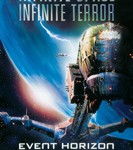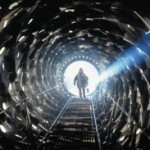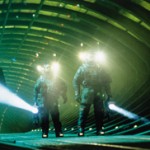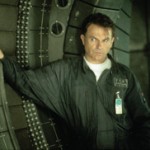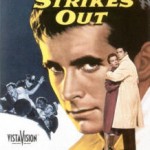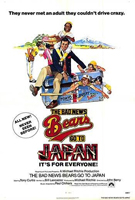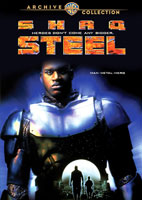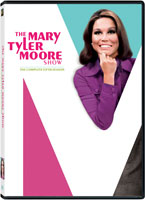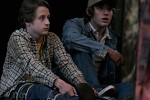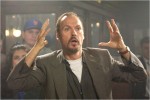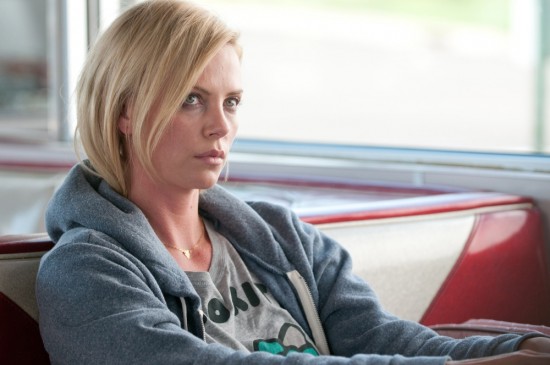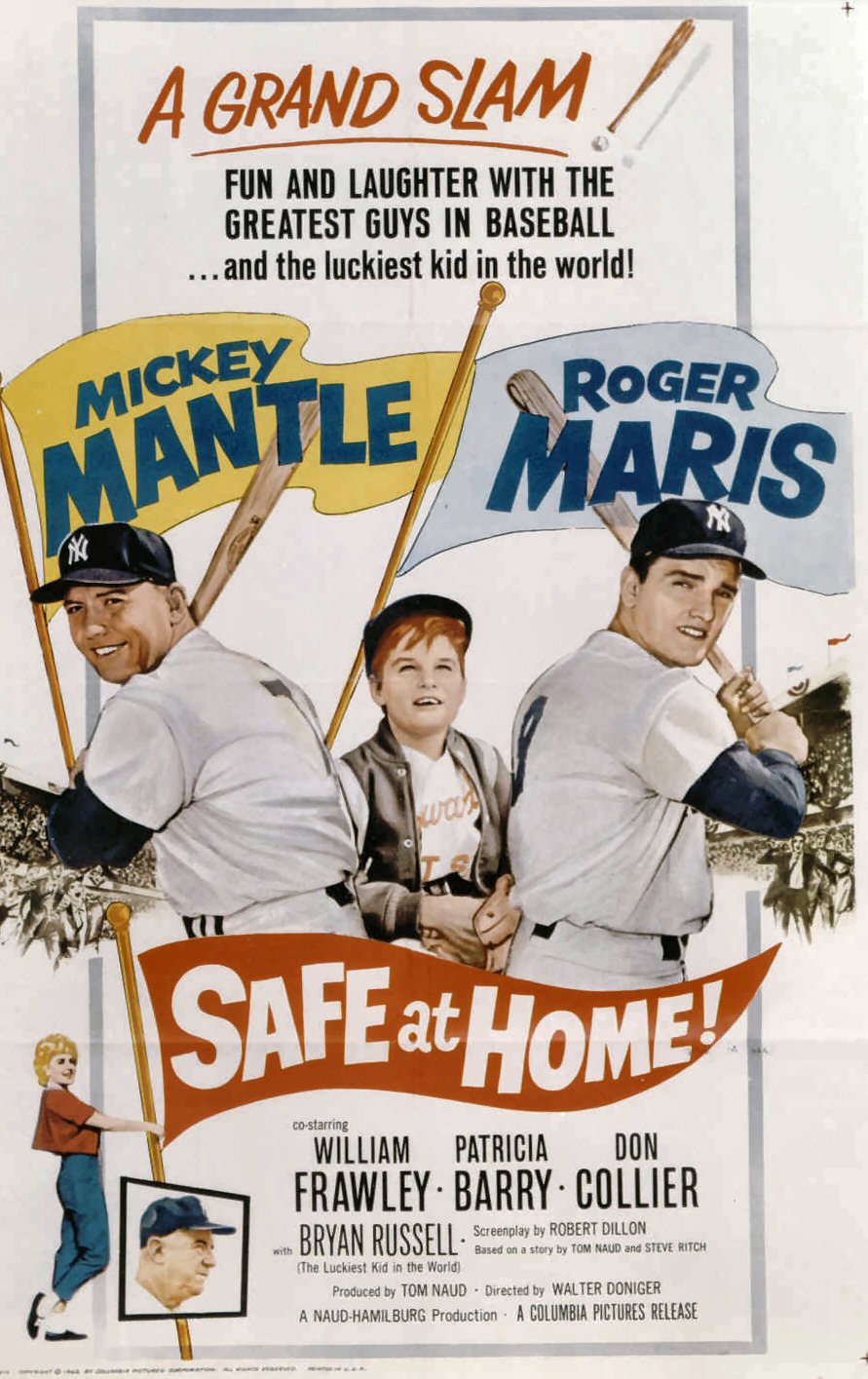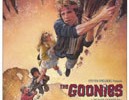Creativity is sort of an odd and thankless task. For every great idea, there’s probably ten, 20 or even more bad ideas. And even when that good idea is come across, hatching it and doing a good job of executing it is an entirely different matter. Paul W.S. Anderson’s outer space horror Event Horizon is an example of a potentially great and complex idea given a simplistic and ultimately ridiculous execution.
Event Horizon is the name of a space craft that disappeared on the other side of the solar system during its first mission. Seven years after the crew first set out a rescue mission is launched to find out what became of the ship and its passengers. What the rescue team finds is a ship that shows obvious signs that something terrible happened but it’s not exactly clear what as all the crew members’ remains show different signs of struggle.
The designer of Event Horizon, Dr. William Weir (Sam Neil) is a part of the rescue mission. He explains that Event Horizon was made to fold space and create a new and plausible way to go very far, very quickly. Weir theorizes that the ship was successful to the point where it went too far.
This is where the film falls apart. The idea of a rescue mission is a simple way to frame the bigger ideas of folding space and traveling across the universe. Explained initially, it makes sense and carries some logic to it. It’s in the fallout of Event Horizon’s voyage that the film loses its way. The ship itself takes a major leap from being a mechanical object to something much more. How this happens is never explained in a way that makes sense. To create life there needs to be an organic element. Because this transformation is the driving force in the plot during the second half of the film, a logical explanation is a must. The result here is something that cheapens and ultimately sabotages the interesting ideas that came before it.
I couldn’t help but think of the Alien films while watching Event Horizon. The films are definitely an inspiration for the big, hollow sets. This creates a feeling of something looming in the background waiting to jump out. There is a certain level of suspense in Event Horizon as the story is being set up, but the follow through is nothing like the tension that Ridley Scott and James Cameron created in the first two films in the Alien series.
The story of Event Horizon presents itself with tremendous potential. It takes a high-level sci-fi plot and a tense horror feel but in the end it’s a garbled mess that undermines a lot of the possibilities that might have emerged.
Event Horizon Blu-ray Review

One of Event Horizon’s overall strengths is its look and cinematography. This is preserved with the excellent transfer to Blu-ray. The picture is in a clean 1080p high definition. The accompanying audio is in 51. Dolby True HD with additional dubbed tracks in French and Spanish. All three languages plus Portuguese are included in the subtitle options.
Did Anderson just compare himself to Stanley Kubrick? That was one of my thoughts that ran through my head early in the commentary track with director Paul W.S. Anderson and producer Jeremy Bolt. It’s actually quite frank, pointing out some of the things that they would have like to improved on but there’s also a lot of the proverbial name dropping and back patting. “The Making of Event Horizon” is a five-part feature-length look at the various aspects of the making of the film. There are lots of cast and crew interviews that come together to give a very rounded look at the production side of the picture. “The Point of No Return: The Filming of Event Horizon” is largely raw footage of four specific sets and stunts with voiceover commentary from Anderson.
The Blu-ray also includes a deleted scene and two extended scenes with optional commentary from Anderson, pre-production work done on an un-filmed scene, concept art, an HD theatrical trailer and a standard definition video trailer.
Event Horizon Gallery
- Event Horizon Blu-ray
Trailer

